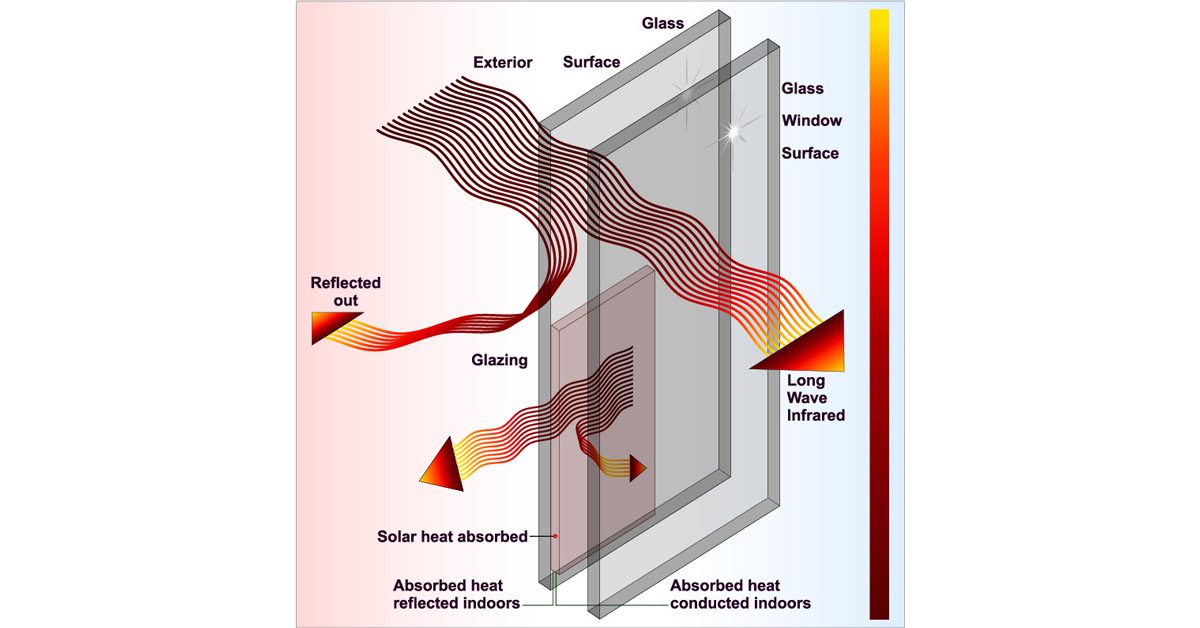All Categories
Featured
Table of Contents
Insulated Glass Unit – Igu in Lakes WA
Laminated glass is frequently utilized in areas in the house most vulnerable to injury from human impact such as restrooms, doors, around staircases and in areas near to the floor (it satisfies the requirements of 'shatterproof glass' that is mandated for use in these areas by Australian Standard AS 1288 Glass in buildings).
Toughened glass has actually been 'tempered' by being reheated and quickly cooled again. This process makes it much more powerful than standard glass it can withstand greater impact loads prior to breaking. It likewise makes it more secure since, when it does shatter, it breaks into many small cubic pieces instead of dangerous shards.
Single Vs Double Vs Triple - Which Window Is Right For Your ... in Forrestfield Perth
Toughened glass has no thermal or acoustic benefits over other glass of the exact same toning or density. Secondary glazing is where single-glazed windows are retrofitted with a transparent acrylic or glass sheet connected to the inside of the frame or openable sash with a secondary frame or with magnetic strips.


Secondary glazing will not perform as well thermally as a manufactured IGU, considering that it is impossible to completely seal the boundary, but it can supply excellent sound control. Window movies are a thin polymer film including an absorbing dye or reflective metal layer, with an adhesive support. They stay with your glazing to change its colour or make it reflective.
Double Glazing - About Windows - Window Film Excellence in Neerabup Perth
Applied to existing glass, some window films can cut in half the total SHGC of the window by absorbing and/or reflecting solar radiation. This can be particularly useful in hotter environments where cooling is the main concern, or on east and west elevations straight exposed to extended periods of sunshine. Nevertheless, window movies may also decrease visible light transmittance.

For this reason, it is typically best to use an accredited installer of window film. Frames have a considerable effect on the thermal efficiency of doors and windows, due to the fact that energy can be gained and lost through the frame, as well as through the glass. Various kinds of frame will permit different levels of heat gain and loss, so mindful option of frame is necessary for reliable passive style.
Glass Selector - Custom Single & Double Glazed ... in Mt Helena Perth
Aluminium is likewise an extremely great conductor of heat and will reduce the insulating value of a glazing unit, unless particularly engineered to lower this. A 'thermally broken' frame is made up of 2 aluminium sections linked by a structural insulator (normally a low-conductivity structural polymer). This 'breaks' the thermal connection through the aluminium and reduces the heat streaming through the frame.
They can be costly, however rates are decreasing as they become more typical. Wood frames are a great natural insulator that can fit some house designs. Lumber frames ought to be made from types that have naturally high resilience or be dealt with to prevent decay and contortion. Inspect that the timber is sourced from a sustainably handled forest.
How Are Double Glazed Windows More Energy Efficient? in Peppermint Grove WA
(weather removing) is set up.
u, PVC doors and windows have excellent thermal efficiency Image: Ben Wrigley (Light House Architecture and Science) Composite frames utilize aluminium profiles on the outer areas with either a lumber or u, PVC inner area. These combine the low maintenance and toughness of aluminium with much enhanced thermal efficiency.
Table of Contents
Latest Posts
Energy Efficient Windows At Everest in Lakes Perth
Single Vs Double Vs Triple - Which Window Is Right For Your ... in South Fremantle Western Australia
How Are Double Glazed Windows More Energy Efficient? in Safety Bay Western Australia
More
Latest Posts
Energy Efficient Windows At Everest in Lakes Perth
Single Vs Double Vs Triple - Which Window Is Right For Your ... in South Fremantle Western Australia
How Are Double Glazed Windows More Energy Efficient? in Safety Bay Western Australia